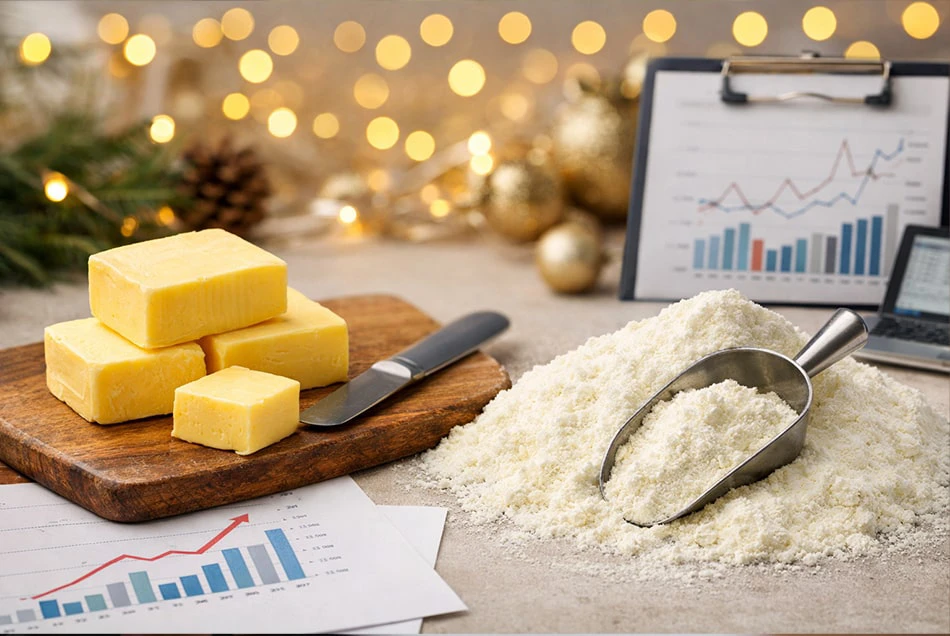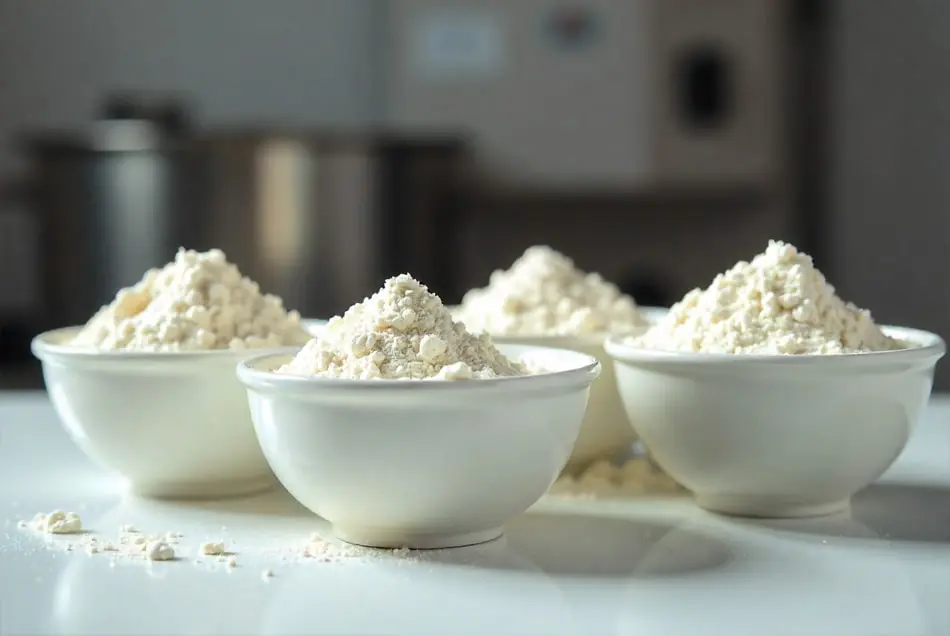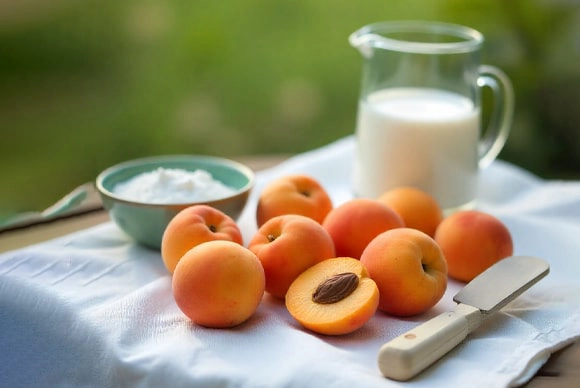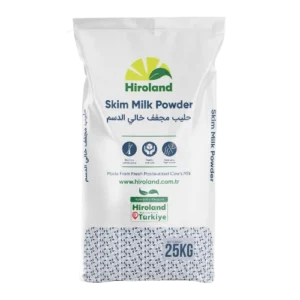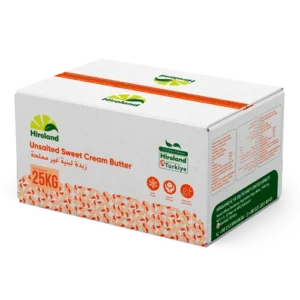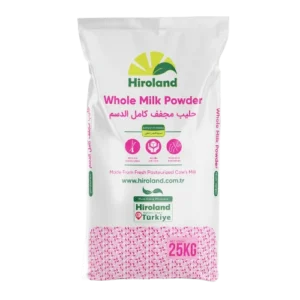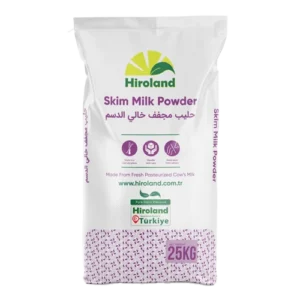A new UHT milk quality assessment method can now measure two amino acid crosslinks and various Maillard reaction markers in long shelf-life milk production and storage.
Introduction to UHT milk production
Ultra-high temperature (UHT) milk has revolutionized the dairy industry with its extended shelf life and convenience. However, concerns about nutrient loss and flavor changes have spawned researchers to delve deeper into the science of UHT milk processing. A recent breakthrough in analysis methods by experts from Aarhus University and Arla Innovation Center has uncovered valuable insights into protein modifications in UHT milk, thus enhancing quality assurance practices.

UHT Milk Processing and Protein Modifications
UHT milk undergoes rapid heat treatment followed by aseptic packaging to achieve commercial sterility, ensuring product safety and longevity. While this process effectively eliminates harmful microorganisms, it can affect the milk’s nutritional content and flavor profile. Protein cross-links like lysinoalanine and lanthionine, along with Maillard reactions, play a crucial role in influencing the quality and stability of dairy products.
What is the Maillard reaction process?
The Maillard reaction is a chemical process that occurs during cooking, contributing to the development of flavor and aroma. This nonenzymatic browning reaction occurs when amino acids react with reducing sugars at high temperatures, leading to the formation of Maillard reaction products (MRPs). Understanding the different types of MRPs and their impacts on health is essential, as both beneficial and harmful MRPs can be produced depending on the cooking method.
Innovative UHT Milk Analysis Methodology
Researchers have developed a cutting-edge method to analyze amino acid cross-links and Maillard reaction markers simultaneously in UHT milk. This advanced analytical approach allows for a comprehensive assessment of protein modifications, providing insights into digestibility, functionality, and overall product quality. The precision and efficiency of this method have revolutionized dairy quality assurance, assisting producers in optimizing processing techniques and storage conditions.
Implications of UHT Milk Analysis for the Dairy Industry
The enhanced understanding of protein modifications in UHT milk is crucial for the dairy industry. By identifying the factors contributing to undesired changes in aroma, flavor, and color, producers can refine their practices to maintain product integrity and consistency, meeting consumer expectations effectively.

Hiroland UHT Products
Hiroland UHT low-fat milk and UHT full-fat milks undergo a specialized sterilization process involving rapid heating to high temperatures, followed by quick cooling and aseptic packaging. This UHT treatment ensures product safety and preserves nutritional value and flavor, allowing for extended room-temperature storage.
Hiroland whole and skimmed UHT grade milk powders are premium dairy products produced through the spray drying of fresh pasteurized milk. These low-spore UHT-grade milk powders are known for their exceptional heat stability and delicious flavors, making them ideal for various applications in the dairy industry.
Conclusion
The advancements in UHT milk analysis and quality assurance signify a new era of excellence in the dairy industry. By embracing advanced analytical techniques and high-quality ingredients, producers can elevate the standard of dairy products, meeting the evolving demands of consumers. As research and innovation continue to drive progress in dairy processing, exciting possibilities emerge for enhancing dairy quality and consumer satisfaction.
To get all your questions answered, please refer to the Contact section.
Read More: Food Processing and Maillard Reaction Products: Effect on Human Health and Nutrition
Read More: Comprehensive Guide to the Milk Powder Production Line: Steps and Benefits



